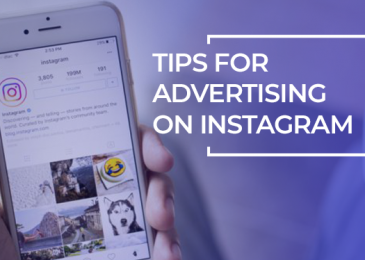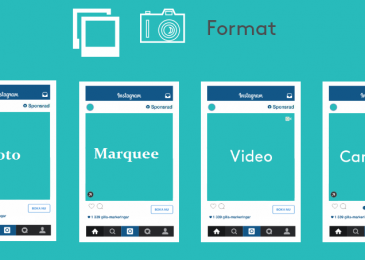I’m going to share three things you need to keep in mind to help you select better placements for your video campaigns in Google Ads.
1. They’re Called Video Campaigns for a Reason
Hey, it’s okay if you call your video campaigns “YouTube campaigns” instead. I do it all of the time. But the phrase “YouTube campaigns” is not accurate. Yes, a big percentage of your videos will be placed on YouTube, but your videos can also appear on a variety of other placements.
Here are our current options:

Besides YouTube channels and videos, you can select placements on websites in the Display Network, apps, and specific app categories. Even if you only choose certain websites for your targeting, and that website also has a corresponding app, your YouTube ads can still show up on those apps. So even though we have more options than YouTube placements, we don’t have as much control as we think. Which brings us to my next tip…
2. Your Placement Options Aren’t as Exact as You Think
With Google killing off the Display Planner when the new UI launched, we lost the ability to see which website placements actually allow video ad space. Let me clarify with an example.
Take a look at this image:

When researching possible website placements for the term “baseball equipment,” Google Ads gives me a big list of options to target. Initially, you might be thinking a list this big is great because we get so many options, but, in reality, you have to be careful. This is because the list we get back includes all recommended placements on the Display Network. Not just the placements with video ad space. This means you might select a ton of website placements for your video campaigns, and your videos may never show up on any of these websites.
Oh, it can get worse. Check out this warning from Google support.

Let’s say you added a couple of website placements as targeting options for your video campaigns. Then you make (or think you’re making) your campaign targeting more specific, you layer in a few topics. If your video is not eligible to show up on those Display Network placements, or you chose website placements that don’t even have video ad space, then Google will only show your videos based on the few topics you selected. Scary, huh? Now imagine if you’re running a placement-only ad group with no other layers as a safety net, and you chose website placements that won’t even show your video ads.

I know. I told you it was scary. Just be sure if you’re running any sort of placement targeting for YouTube ads that you check on those ad groups frequently after the initial launch to make sure you’re showing up on the sites you actually wanted to target.
3. With Video Campaigns, It’s Okay to Embrace the Negative
Now that we know our video ads may not be showing up on all of the placements, we expect them to, we have to be as proactive as possible to try and prevent unwanted traffic eating our video campaign budgets. In addition to not-ideal placements, we want to make sure our ads are showing to the intended audienceas well. Here are a few ways you can try and be proactive in adding exclusions to your video campaigns.
When Setting Up Your Video Campaigns, Pay Attention to Content Exclusions
Before advertisers even launch a YouTube ad, we have some control of where we want to have our ads shown within the campaign settings. In the “Content exclusions” portion of your settings, there are three types of exclusions we can update. Here’s a quick overview of each one.
Inventory Type: “Show your ads on the content that’s right for your brand”

Excluded content: “Opt out of individual sensitive content categories”

Excluded types and labels: “Opt out from showing your ads on content that doesn’t fit your brand

You can see there are many options advertisers have to make sure your ads do not show up on certain content types, like games, potentially offensive categories, and more. Exclude whichever content categories you feel do not represent your brand or could be a waste of your budget. Doing this before you launch a campaign will save you a lot of time and money.
Pay Attention to Device Categories
If you already have a lot of videos uploaded to your YouTube channel, look at your YouTube analytics (YouTube Studio) to see how your current videos perform on all of the device types.
Here is what the basic stats look like in your YouTube Studio:

By reviewing this data, you may find out that certain device types perform really well or very poorly. Use the information on how your current video performance to potentially exclude certain devices before launching a new campaign. Or (and what I would recommend) use the device data in your analytics to proactively set up device bid modifiers before launching to at least give every device a chance to prove itself.
Read more How to advertise on Youtube effectively
______________________________________________________________________________________________
For more details about our seo service packages, pls contact us
BIGBIGSEO Team
Email: bigbigseo@gmail.com
Skype: bigbigseo
https://www.facebook.com/bigbigseo
Thank you!




